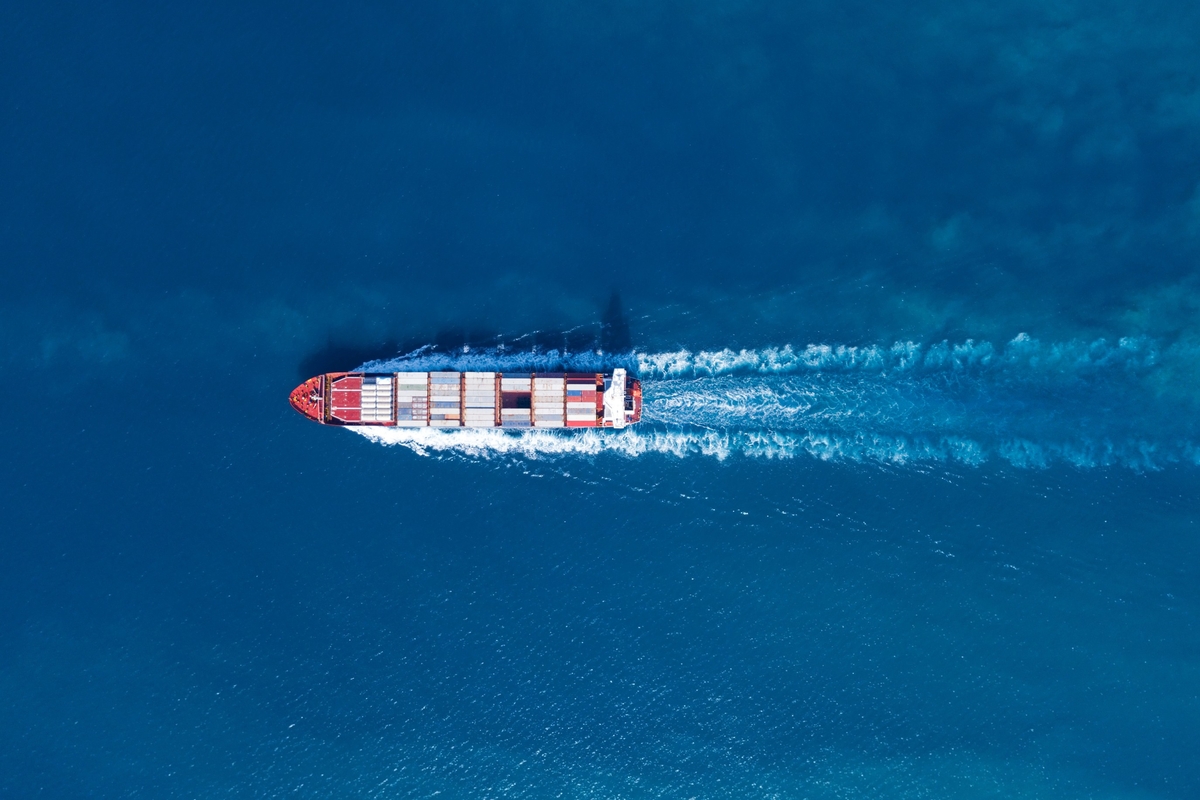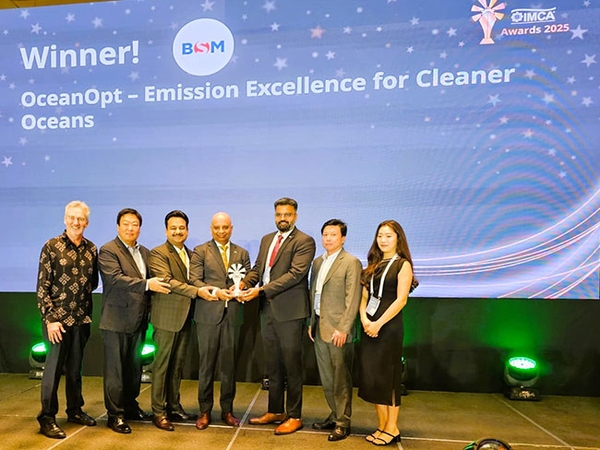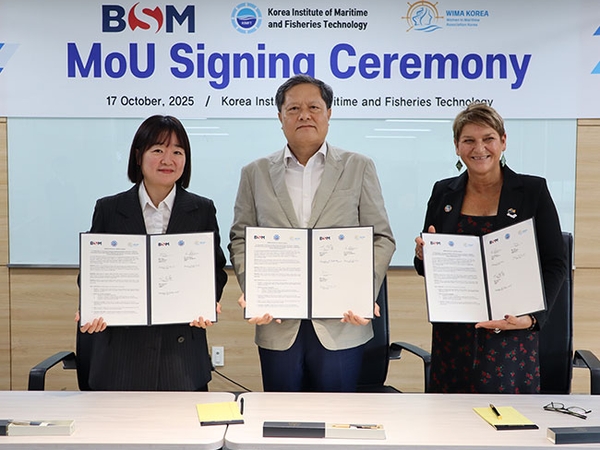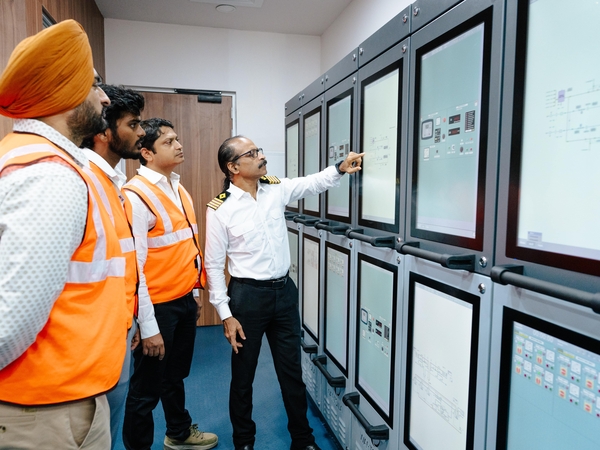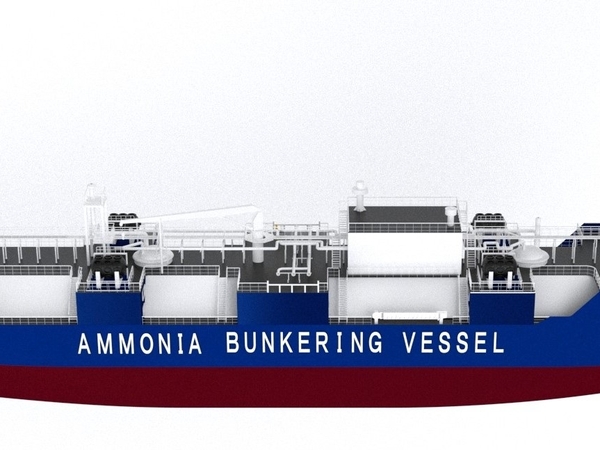A moment's thoughtlessness could have had fatal consequences
A bulk carrier was loading at a major iron ore terminal. After completing loading of #2 hold, the loader was relocated to hold #6. The shore operator confirmed readiness with the Chief officer to start loading in hold #6. A few seconds before resumption of loading, the operator observed a crew member in the bottom of hold #6. He suspended the circuit immediately and informed the duty officer (DO). The DO ordered the crew member to exit the hold immediately.
Hold #6 was in ballast condition, it was de-ballasted and mopped before loading. Two crew members entered for hold wiping. Ship staff had carried out RA and had issued work permit before hold entry. Bosun supervised the entry. The DO was attending to the cargo operations whilst maintaining contact with the C/O and the terminal.
The work activities of the crew in the cargo hold were completed and they started exiting the hold. Whilst exiting, the AB noticed his cabin keys had fallen in the hold and turned back to pick them up. Fortunately, the loader operator noticed the AB in the hold and suspended the loading.
Causes:
- Inadequate communication / non-compliance with established safety reporting procedure- The DO or C/O did not notify the loader to delay the shift to the next hold as required by the ship / shore safety checklist. The ship had not kept covers of hatch #6 partially closed during man entry as agreed in the ship / shore safety checklist.
- Inadequate implementation of cargo hold entry procedures - The supervision / control of the enclosed space exit was not adequate. The supervisor failed to see that one of the crew had returned to the hold without obtaining permission.
- Inadequate risk assessment - The risk assessment carried out before to the operation had not adequately identified the hazards related to the entry of personnel in the hold during cargo operations.
Conclusion:
There were various checks and precautions either in place or available which should have made this potential accident impossible. One by one they failed because assumptions were made or possible checks were not followed through. The final lapse was by the AB who returned into the hold to recover his cabin key without thinking of the potential consequences. Luckily, the operator of the shore loader noticed the crew member before starting to load the hold.
If the ship had kept covers of hatch #6 partially closed, this would have given a clear signal to the loader not to commence the loading.
